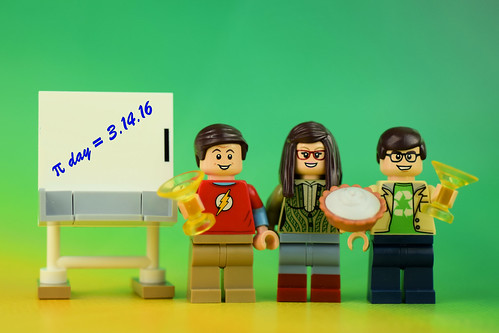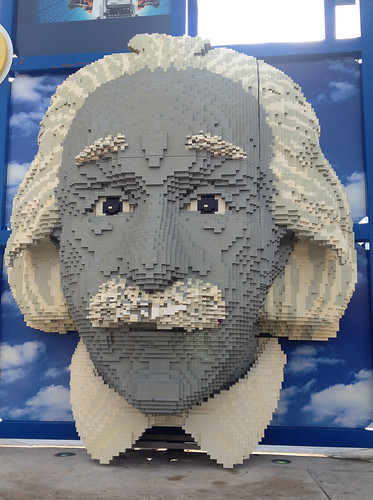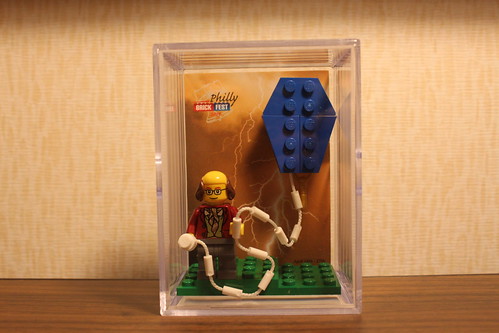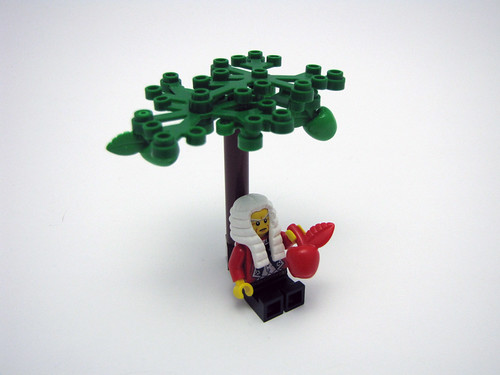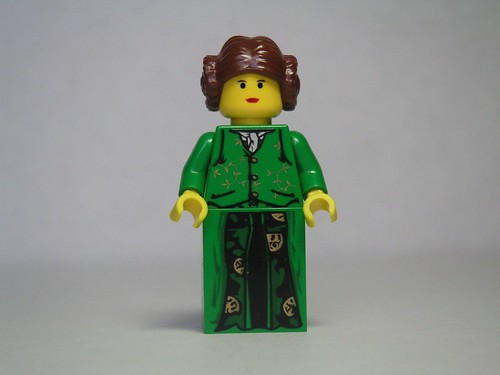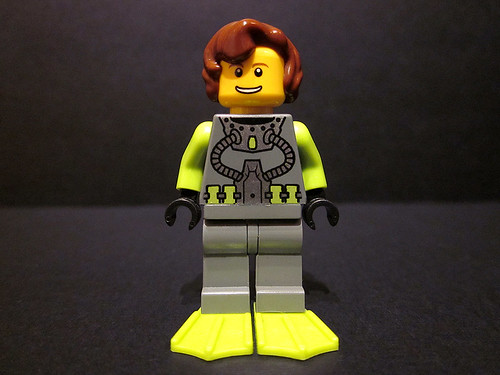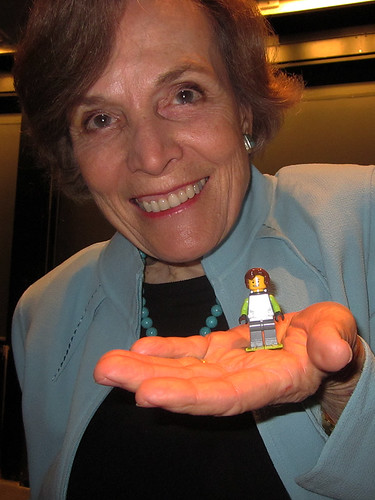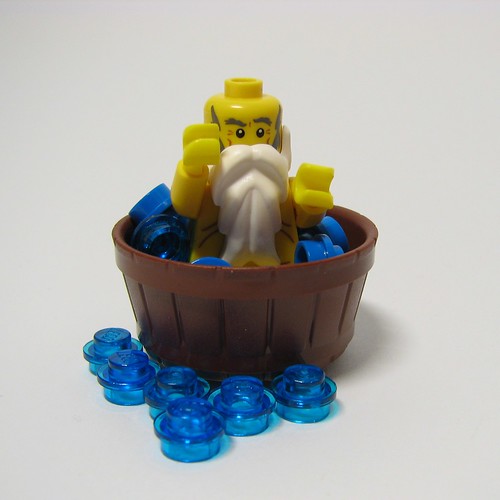Margaret Hamilton is a computer scientist who directed the Software Engineering program at the MIT Instrumentation Laboratory, where she and her team developed the flight software for the Apollo program.

Nancy Roman was an astronomer and NASA executive who was instrumental in the development of the Hubble Telescope.

Mae Jeminson and Sally Ride were both Space Shuttle astronauts. Jeminson was the first black woman in space as a mission specialist focusing on some of the experiments being done in orbit. After retiring from NASA she has focused on promoting science eduction. Ride was the first American woman and still the youngest American in space. After retiring from NASA she was a professor of physics at UC San Diego.

As this set came out in 2017, I was surprised it didn't also feature Katherine Johnson, Dorothy Vaughan, and Mary Jackson, the three mathematicians who were featured in the book and movie Hidden Figures, which came out in 2016. Maybe there was concern over licensing rights with the movie company.


